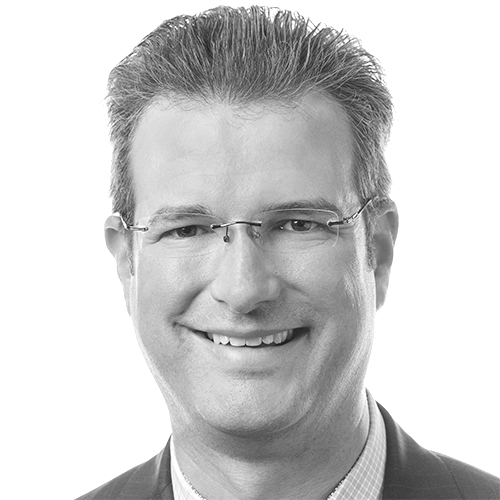A career in pharmaceuticals seemed like the most synergistic choice for young Sean Haney. His academic interest in science and medicine and strong personal desire to help people came together perfectly while earning his BS and Pharm.D at Rutgers University, the place that first instilled his patient-focused mind-set. That mind-set was further ingrained when he transitioned into a teaching role at the university hospital. After becoming acquainted with its unique patient population, he cultivated a deep interest in law.
As a newly married, somewhat recent graduate, Haney couldn’t ignore that interest any longer and took the plunge at William & Mary Law School. While there, as much as he tried to view each area of law equally, his interest remained trained on the intersection of law and medicine. So Haney shifted into private practice after graduation, leveraging his interest in litigation, and spent a substantial amount of time working in intellectual property.
“Our goal is to help the organization imagine our future.”
A few years later, Teva Pharmaceuticals, the world’s largest generic pharmaceutical company, came calling, and Haney answered. “I was thrilled at the opportunity to combine my pharmaceutical background and interest in law,” he says.
Late in 2004, he began managing a portion of intellectual-property litigation for generic products in North America, then a portion of Teva’s specialty branded products in the United States. Integrating scientific, commercial, and legal considerations provided a broad and valuable understanding of the organization and his talented colleagues around the globe.
In the meantime, a need had been steadily growing at Teva for an executive-level role that prioritized global intellectual-property operations, and in early 2014, Haney was offered the job. “It was an ideal opportunity to leverage my experience in the organization in a new way,” he says. His work would play a key role in Teva’s emphasis in strategic, global, and organizational transformation.
Haney sees his intellectual-property operations team as a catalyst for Teva—a subtle additive presented in small, consistent quantities that helps propel the organization forward and drives positive change. As a member of the global intellectual-property leadership team, he works to guide, challenge, and inspire the group toward even greater heights. “We have a group of incredibly talented, significantly experienced people,” he says. “Our challenge and inspiration is to create an open, collaborative environment to support our current work and our future focus.”
That means developing best practices for the integration of multiple companies and Teva’s overall organizational transformation, anticipating industry trends, and focusing on strategic and operational improvement. These focal points are rooted in educating the team, business partners, and colleagues throughout Teva on intellectual property. In Haney’s view, in order for intellectual property to be a catalyst, it has to transform the way work is done—the “how”—across the whole organization.
As Teva strives to help their patients in new and better ways, it recently installed a group of roughly fifty employees around the world to serve on Teva’s Internal Catalyst Initiative, spread out throughout the organization as “nodes of change and energy.” Haney is one of them. “We are early on in the transformation process, but as I have traveled from country to country, I’ve already seen team leaders integrating new ways of working,” he says.
The goal of this diverse group is to lead broad change, bring people together, make connections across the organization, and advance new ways of thinking and working together. Represented in various countries and backgrounds, members share a common purpose of championing Teva’s transformation through individual—often discrete—approaches. Again, the key to the catalyst initiative is constantly administering small, steady doses of change. From conducting meetings, enhancing collaboration, integrating business partners, and tackling larger challenges, the changes are subtle, but significant.
“Our goal is to help the organization imagine our future,” Haney says. “It has been rewarding to advance the ‘how’ of our work in small ways while supporting the big goals of the organization.” AHL

